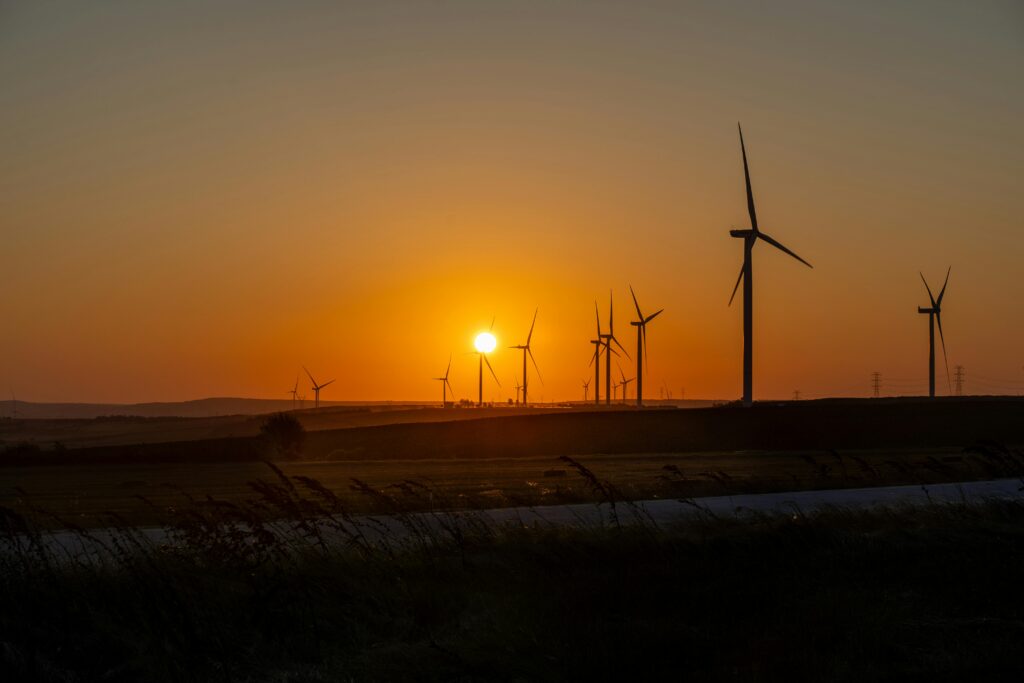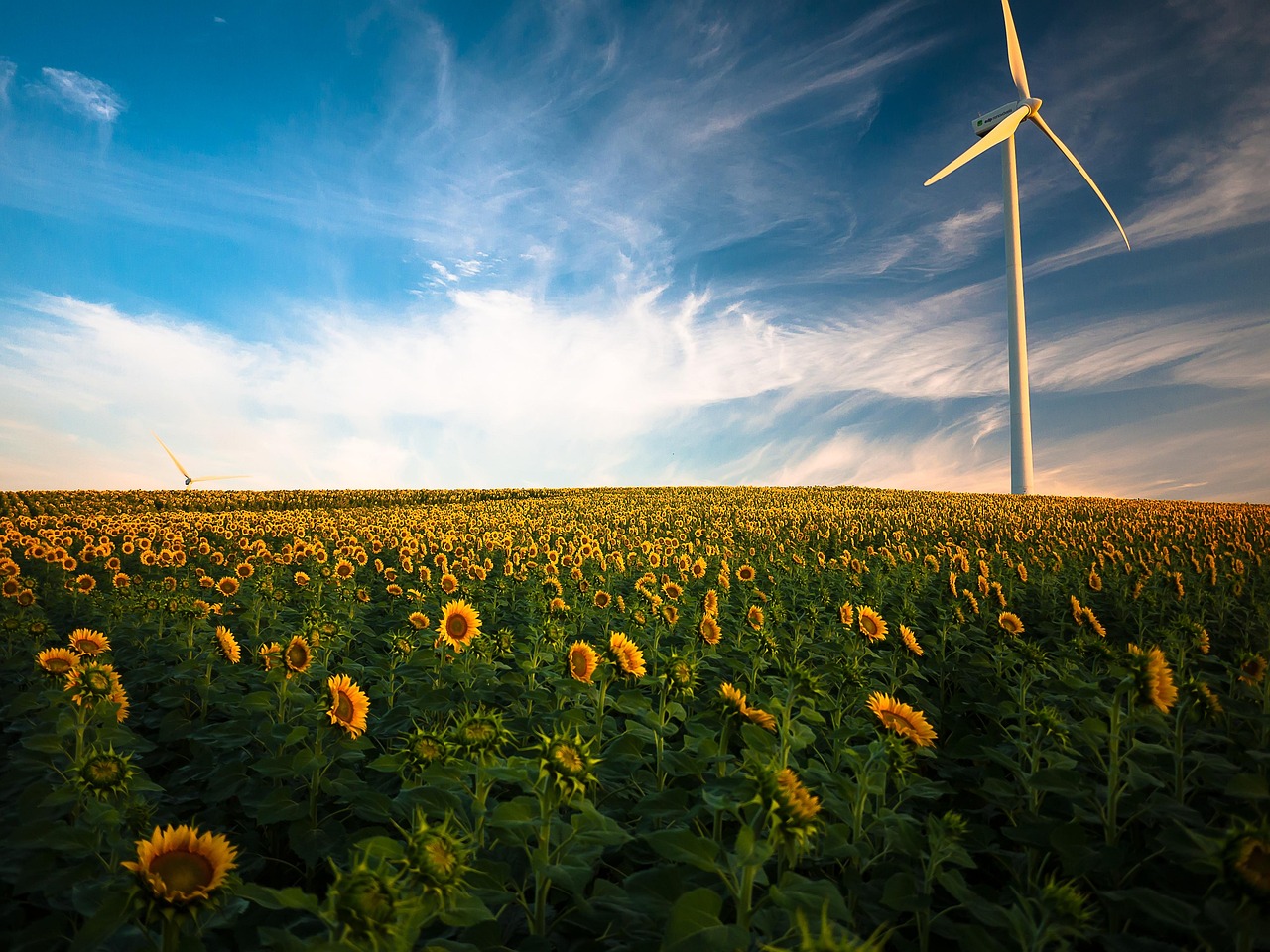Renewable Energy: The Future of Sustainability and Its Global Economic Impact
The climate crisis and resource scarcity are accelerating one of modernity’s greatest transformations: the shift to renewable energy. In 2024, clean power sources like solar, wind, and green hydrogen are no longer distant alternatives—they’re the core of global energy strategy, driving trillions in investments and reshaping entire industries.

This article explores:
Key renewable energy sources and their potential
How nations and businesses profit from the green economy
Technological and political challenges
Success stories and investment opportunities
Whether you’re an executive, investor, or eco-conscious citizen, understanding this revolution is critical. Let’s dive in.
1. The Global Landscape: Why Renewables Are Inevitable

📈 Eye-Opening Data
Per the International Energy Agency (IEA), 90% of new global power capacity through 2025 will come from renewables.
Clean energy investments will hit $1.5 trillion by 2030 (BloombergNEF).
🌎 Drivers of Change
Climate Pacts: Paris Agreement mandates drastic emission cuts.
Economics: Solar and wind are now cheaper than coal/gas in 80% of the world.
Energy Security: Geopolitical conflicts (e.g., Ukraine war) hasten energy independence efforts.
2. The Stars of Renewables: Solar, Wind, and Green Hydrogen

☀️ Solar Power: The World’s Fastest-Growing Source
Technology: Photovoltaic panels + storage batteries.
Advantages:
Up to 95% reduction in energy bills (in sunny regions).
Scalable: From rooftop systems to mega-plants (e.g., Benban Solar Park, Egypt).
🌬 Wind Energy: Powering Land and Sea
Offshore: Turbines at sea with 60% higher efficiency than onshore.
Case Study: Denmark generates 50% of its electricity this way.
💧 Green Hydrogen: The “Fuel of the Future”
Produced via water electrolysis (powered by renewables).
Applications:
Replaces fossil fuels in heavy industries (steel, cement).
Transport: Zero-emission trucks and ships.
3. Key Challenges: Storage, Infrastructure, and Policy
| Challenge | Emerging Solutions |
| Intermittency | Lithium/sodium batteries; hydrogen backup. |
| Grid Upgrades | Smart grid technology. |
| Fossil Fuel Subsidies | Carbon taxation (e.g., EU policies). |
4. Global Leaders in the Energy Transition

🏆 Frontrunner Nations
China: Top producer of solar panels and wind turbines.
Germany: Energiewende (energy transition) since 2010.
Brazil: Bioenergy (ethanol) + vast wind potential in the Northeast.
💼 Innovator Companies
NextEra Energy (USA): World’s largest wind/solar generator.
Ørsted (Denmark): Offshore wind leader.
5. How to Get Involved (Investments & Careers)
💰 Financial Opportunities
Stocks: Renewable firms (e.g., Tesla, First Solar).
ETFs: Thematic funds like ICLN (clean energy focus).
🌱 High-Growth Careers
Renewable Energy Engineers
Climate Policy Specialists
Conclusion: The Future Is Green—and the Time to Act Is Now
The fossil fuel era is ending. Early adopters will reap:
Businesses: Lower costs + new markets.
Nations: Energy independence + jobs.
You: Cheaper bills + a livable planet.

Sem comentários